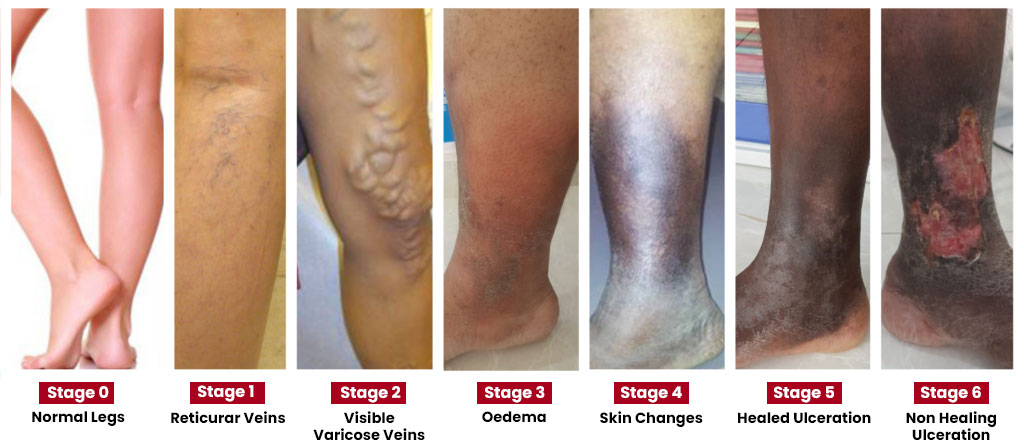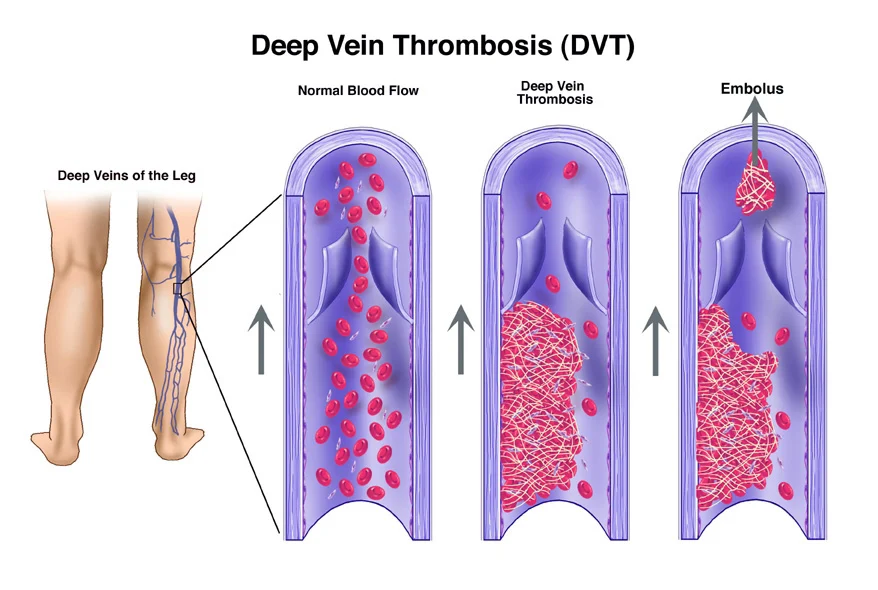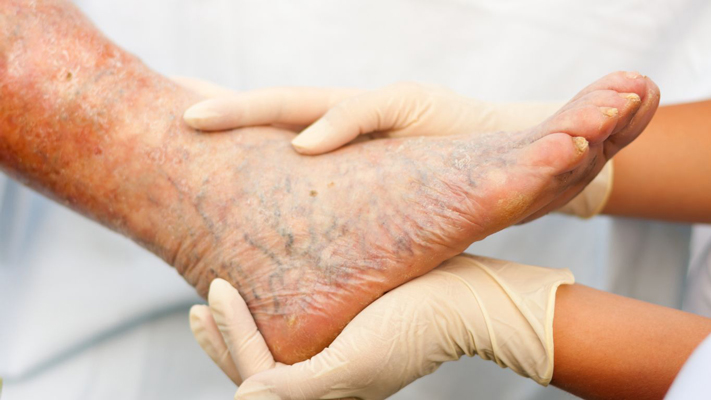There is Total Six Stages of Varicose Veins:
- Stage One
Spider Veins Small, reddish-purple reticular veins appear on the legs, ankles, neck, face, and other areas. They are not necessarily related to varicose veins, but are caused by the same underlying CVI (Chronic venous insufficiency in stages). They are more common in women than in men.
- Stage Two
Varicose Veins: This is the stage at which people often first become aware that they have a vein disease. The swollen veins may be accompanied by itching, burning, or numbness along the veins themselves, and by tired, weak, or achy legs. This is the best stage at which to treat them.
- Stage Three
Edema (swelling): but without skin changes. In this stage, swelling of the legs and ankles increases because CVI has impaired the circulatory system’s ability to reabsorb fluid. Elevation of the limbs may help, but will not cure the disease or reduce the swelling much.
- Stage Four
Skin changes and discolouration: As the disease progresses, venous congestion and poor circulation can lead to changes in skin colour and texture. The skin on your legs can become reddish-brown or white in colour, and take on a more leathery texture that leaves it brittle and prone to injury.
- Stage Five
Skin changes with healed ulceration. In this stage, scratches or injuries to the toughened skin may heal with treatment, often leaving scars.
- Stage Six
Skin changes with active ulceration. In this final stage of CVI, injuries to the skin and leg ulcers refuse to heal even with treatment, and can leave your legs literally covered with bleeding, open sores.
For more Information Seek top-notch vascular care with Dr. Kunal Arora, one of the best Varicose Vein Treatment in Borivali or you can Contact us for expert guidance in 9004093053.




